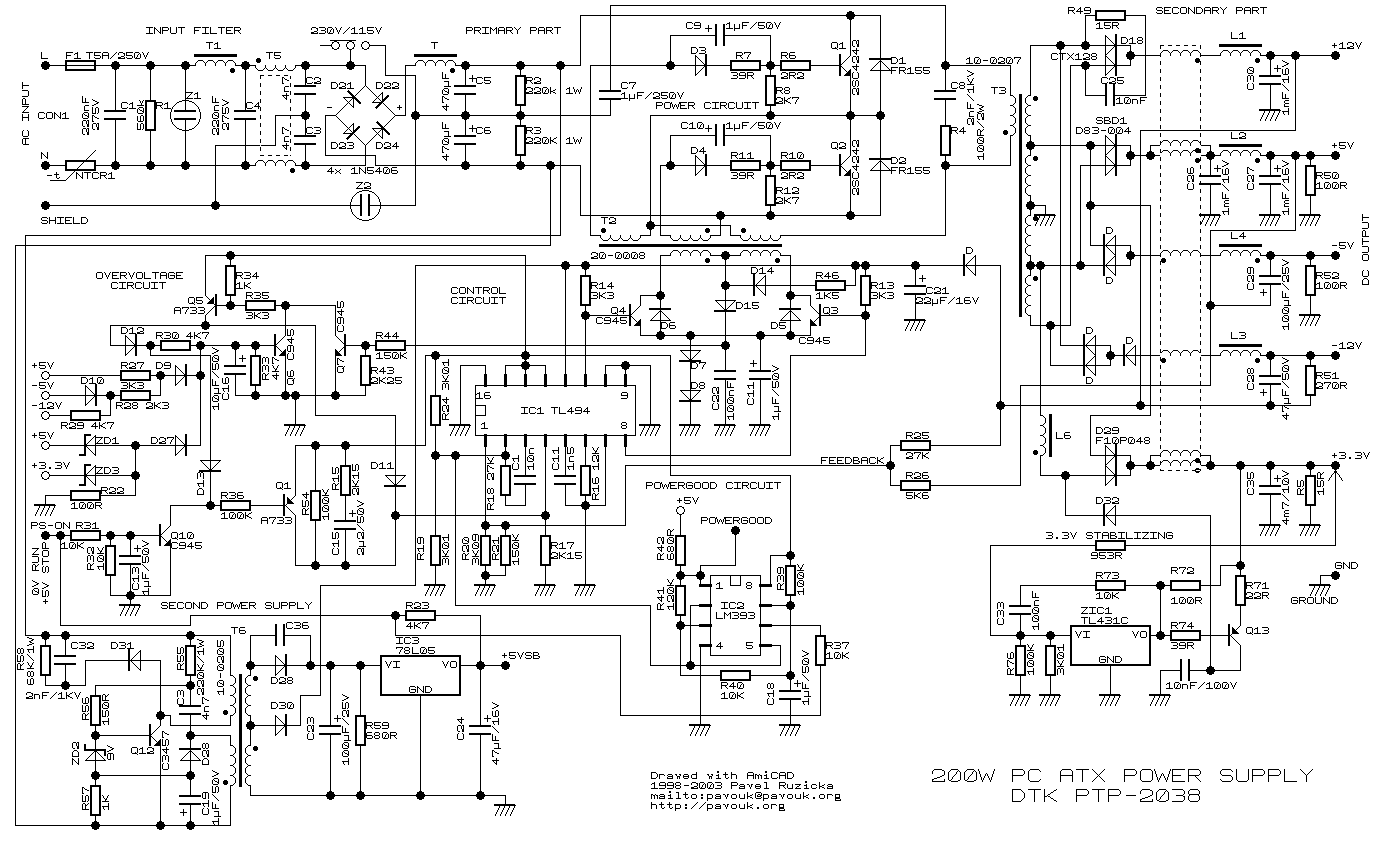Hi everyone. Can you help me understand how can the pc psu which is 550 watts can give about 30 amps at 12 volts and the transformers inside are so small. How can it deliver current that high. Can we build a high current psu without using huge transformers.
Thank you
Thank you



Comment